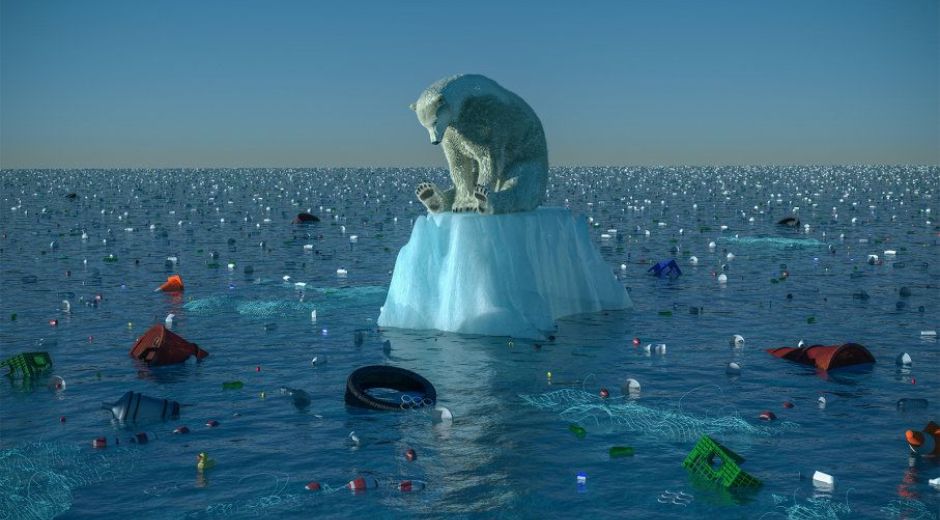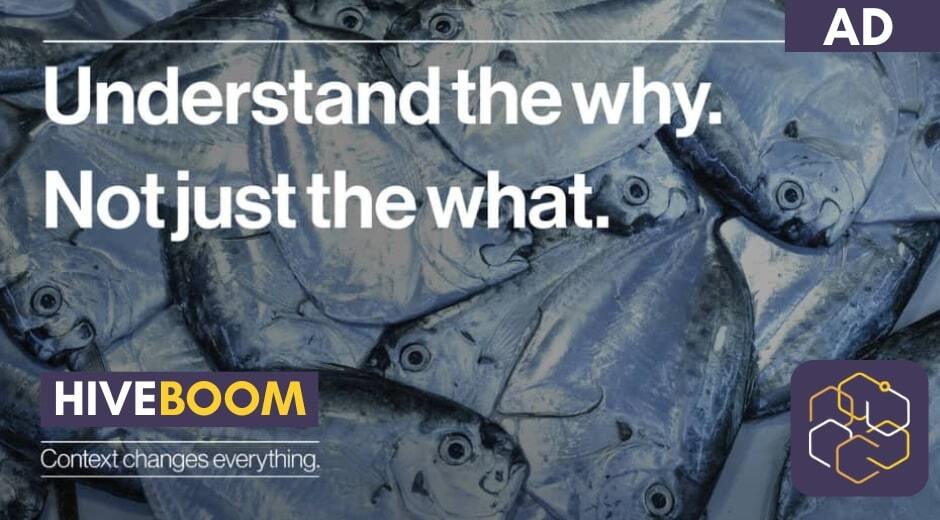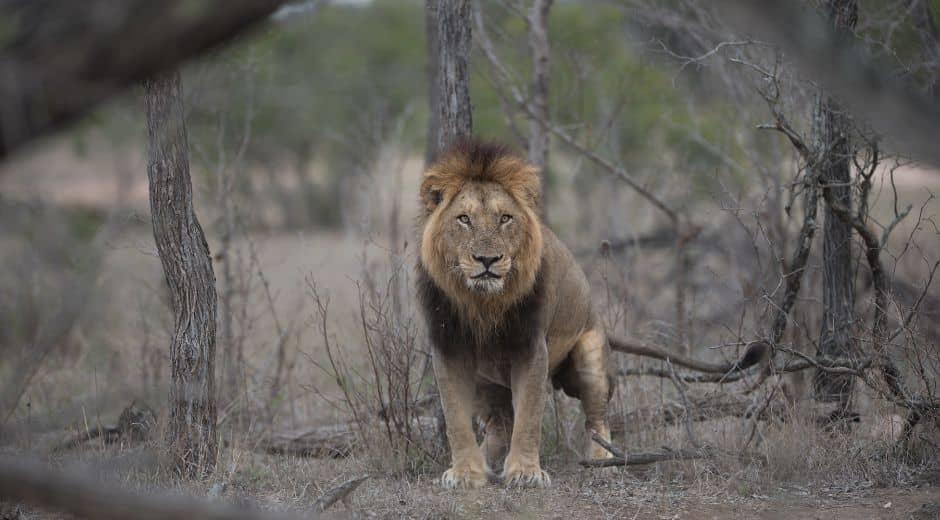Oceans in Crisis: Fighting Plastic to Save Wildlife
Oceans in Crisis: Fighting Plastic to Save Wildlife
The world’s Oceans are facing an unprecedented crisis. From the Arctic to the tropics, plastic pollution is suffocating marine life, damaging delicate ecosystems, and threatening the health of the planet. Each year, millions of tons of plastic enter the Oceans, affecting everything from the smallest plankton to the largest whales. Conservationists, scientists, and everyday citizens are working tirelessly to fight back, but the scale of the problem demands urgent action.
The Scale of Plastic Pollution in Oceans
Plastic has become one of the most pervasive pollutants in our Oceans. Single-use items, fishing gear, and industrial waste contribute to vast floating islands of debris, such as the Great Pacific Garbage Patch. Marine animals often mistake plastic for food, leading to ingestion, entanglement, and death. Turtles, seabirds, and fish are particularly vulnerable. Over time, these plastics break down into microplastics, infiltrating the entire food chain and even affecting human health.
A staggering study revealed that nearly 80% of ocean pollution originates from land-based sources. Rivers, runoff, and coastal litter transport plastics to the sea, creating a global crisis. Awareness of this issue has grown, but solutions require systemic changes in production, consumption, and waste management.
The Human and Ecological Cost
The impact of plastic pollution on wildlife is devastating. Sea turtles often mistake plastic bags for jellyfish, while seabirds feed plastic fragments to their chicks. Larger species, such as whales and dolphins, become entangled in abandoned fishing nets, known as “ghost nets,” which can lead to injury or death. Coral reefs, already stressed by climate change, suffer from smothering debris that blocks sunlight and hinders growth.
The decline in marine species affects entire ecosystems. Predators lose food sources, reproductive cycles are disrupted, and biodiversity diminishes. Healthy Oceans are crucial for regulating climate, producing oxygen, and supporting life on Earth. Protecting them is not just an environmental concern — it is a human imperative.
Innovative Solutions to Combat Plastic Pollution
Efforts to reduce plastic pollution in Oceans are gaining momentum. Governments, NGOs, and private organizations are implementing strategies ranging from beach clean-ups to policy changes. Some nations have banned single-use plastics, while others encourage biodegradable alternatives. Technology is also playing a role: drones, AI-driven sensors, and floating barriers help monitor and collect debris before it spreads.
Individuals can contribute meaningfully. Simple actions like reducing plastic consumption, supporting sustainable brands, and participating in local clean-up initiatives make a difference. Platforms like tripbeyondtravel often highlight eco-friendly travel practices, guiding tourists on how to minimize their impact while exploring coastal regions and marine habitats.
Marine Protected Areas and Conservation Success
Establishing Marine Protected Areas (MPAs) has proven effective in restoring damaged ecosystems. MPAs limit human activity, allowing habitats to recover and wildlife populations to rebound. For instance, coral reefs within protected zones often show faster regeneration, and fish populations increase in both size and diversity. These efforts also protect breeding grounds for endangered species, ensuring future generations of marine life.
Community involvement is critical. Coastal communities that depend on fishing and tourism are increasingly recognizing the benefits of conservation. Education programs empower locals to reduce pollution, adopt sustainable practices, and actively participate in monitoring marine health.
The Role of Education and Awareness
Raising awareness about the crisis in our Oceans is vital. People often underestimate the connection between everyday choices and marine health. Educational campaigns, social media advocacy, and citizen science projects make the invisible visible. Engaging stories, documentaries, and interactive exhibits allow individuals to witness the impact of plastic on marine life firsthand.
Financial initiatives also play a role. Studies from financeworldhub highlight how investing in sustainable businesses, green technologies, and conservation projects can produce measurable benefits for both the economy and the environment. Funding these initiatives ensures that solutions are scalable and sustainable.
Personal Actions That Make a Difference
Every individual can take steps to protect Oceans. Start with small, consistent changes:
Avoid single-use plastics such as straws, bottles, and bags.
Participate in local beach and river clean-ups.
Support brands and products with sustainable packaging.
Educate yourself and others about the impact of plastic pollution.
Reduce consumption of seafood from overfished areas to support ecosystem balance.
Collective action magnifies impact. Communities, schools, and organizations that adopt these practices contribute to a healthier, cleaner marine environment. Even minor changes in daily life ripple outward, reducing the burden on marine ecosystems.
Inspiring Stories from the Frontlines
Around the world, individuals and organizations are making a tangible difference. In Bali, volunteers remove tons of plastic from beaches every month, while in the Mediterranean, fishermen collaborate with conservationists to retrieve ghost nets. These grassroots efforts show that positive change is possible when communities unite around a shared goal.
Similarly, travelers can contribute to ocean conservation. Eco-conscious tourism ensures minimal disturbance to marine habitats while generating funds for local conservation projects. tripbeyondtravel offers guides on how to travel responsibly, highlighting destinations that prioritize environmental stewardship.
The Future of Our Oceans
The challenge of plastic pollution is formidable, but hope remains. Innovations in recycling, biodegradable materials, and policy enforcement are gaining traction. Governments, corporations, and NGOs are increasingly accountable to both the public and the environment.
For lasting impact, society must embrace both systemic and personal responsibility. Sustainable consumption, conscious investment, and informed travel choices create a foundation for protecting our Oceans. By integrating these actions into daily life, we ensure that future generations can enjoy thriving marine ecosystems.
Conclusion
Our Oceans are indispensable to life on Earth, yet they face threats that require immediate attention. Plastic pollution not only endangers marine wildlife but also undermines ecosystems essential to human survival. Fortunately, solutions exist — from protected areas and technological innovations to community action and personal responsibility.
The story of our Oceans is still being written. Through education, conservation, and mindful choices, we can transform a crisis into a success story. Platforms like tripbeyondtravel and insights from financeworldhub highlight pathways to sustainable impact, showing that with collective effort, the tide can turn.
By understanding the magnitude of the problem, supporting effective initiatives, and embracing eco-conscious practices, every individual can contribute to the fight against plastic pollution. Protecting marine wildlife is not just an environmental mission — it is a commitment to preserving the beauty, health, and vitality of our planet for generations to come.
For more insights visit: Zoopora.
Wildlife Behavior Curiosity

Understanding the Mops: Health, Care, and Personality
Tigers in the Wild: Conservation Challenges and Successes explores efforts to protect tigers, preserve habitats, and ensure their survival…

Bigăr Waterfall: Romania’s Hidden Natural Gem
Tigers in the Wild: Conservation Challenges and Successes explores efforts to protect tigers, preserve habitats, and ensure their survival…

Tigers in the Wild: Conservation Challenges and Successes
Tigers in the Wild: Conservation Challenges and Successes explores efforts to protect tigers, preserve habitats, and ensure their survival…







